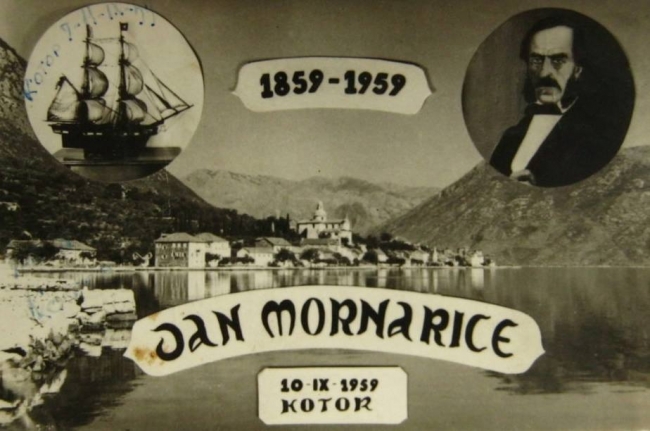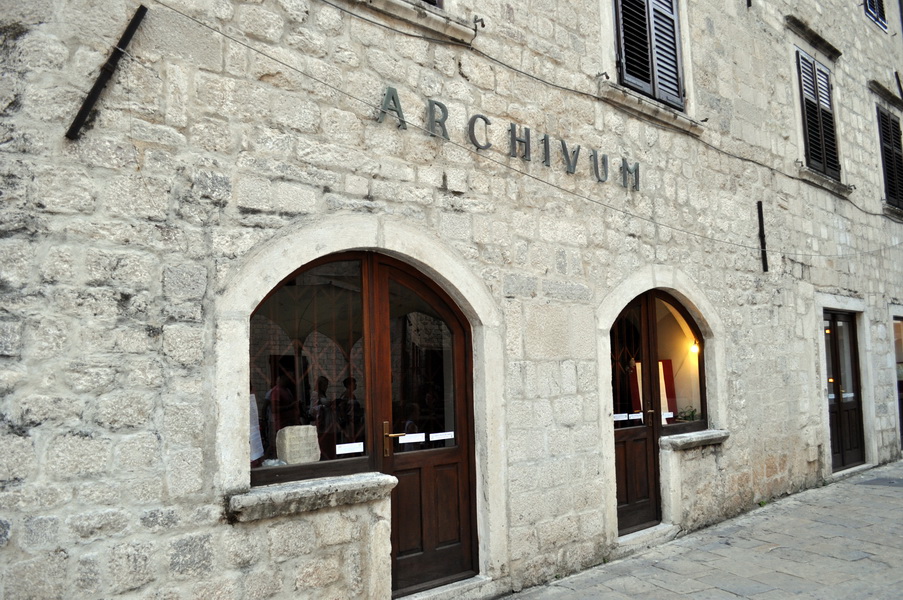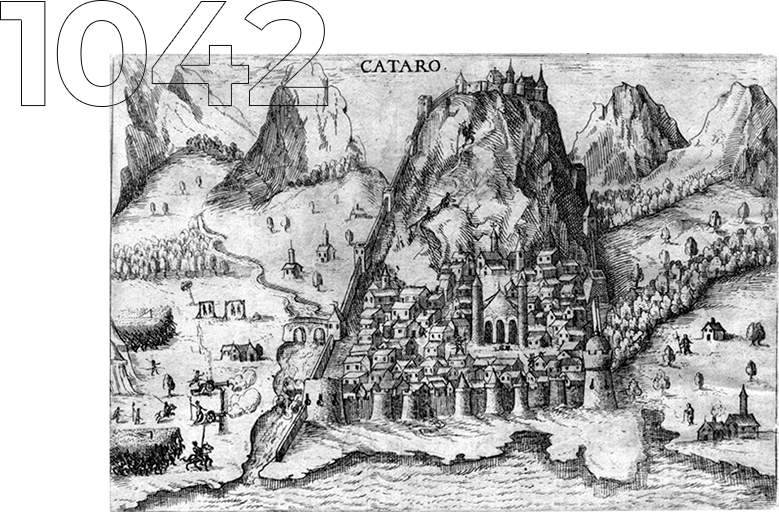Let's do some time travelling
Kotor in the Austro-Hungarian Empire
Kotor came under the rule of the Habsburg Monarchy in 1797, and in 1805 it was conquered by the French army of Napoleon Bonaparte. The French remained in Kotor until 1805 and during that period fought several wars with the Montenegrins and the Russians, who soon managed to conquer it.
After the final defeat of Napoleon, Kotor and the entire Bay of Kotor became part of the Austrian Empire in 1815. During the wars with Napoleon, most of the Boka Navy was destroyed, but the Austrians soon began building a port for modern ships.
During Austro-Hungarian days, the center of Kotor retained its Mediterranean charm, while the surrounding hills gained large infrastructure and development systems.
Pictured below, you can see the Fort of Gorazda. It was built between 1884–86 and its most notable feature is a 100-ton Gruson rotating turret on its roof. During the World War I, the fort was used in artillery battles against Montenegrin batteries stationed on Mountain Lovćen. The Montenegrins were pushed out of range in 1916 by an Austrian offensive and the damage to the fort was repaired. Its guns were then given as the support to the Austrian field army. Today, the Fort is publicly accessible and makes for one of the history-rich tours that you can find in Kotor and its surroundings.






